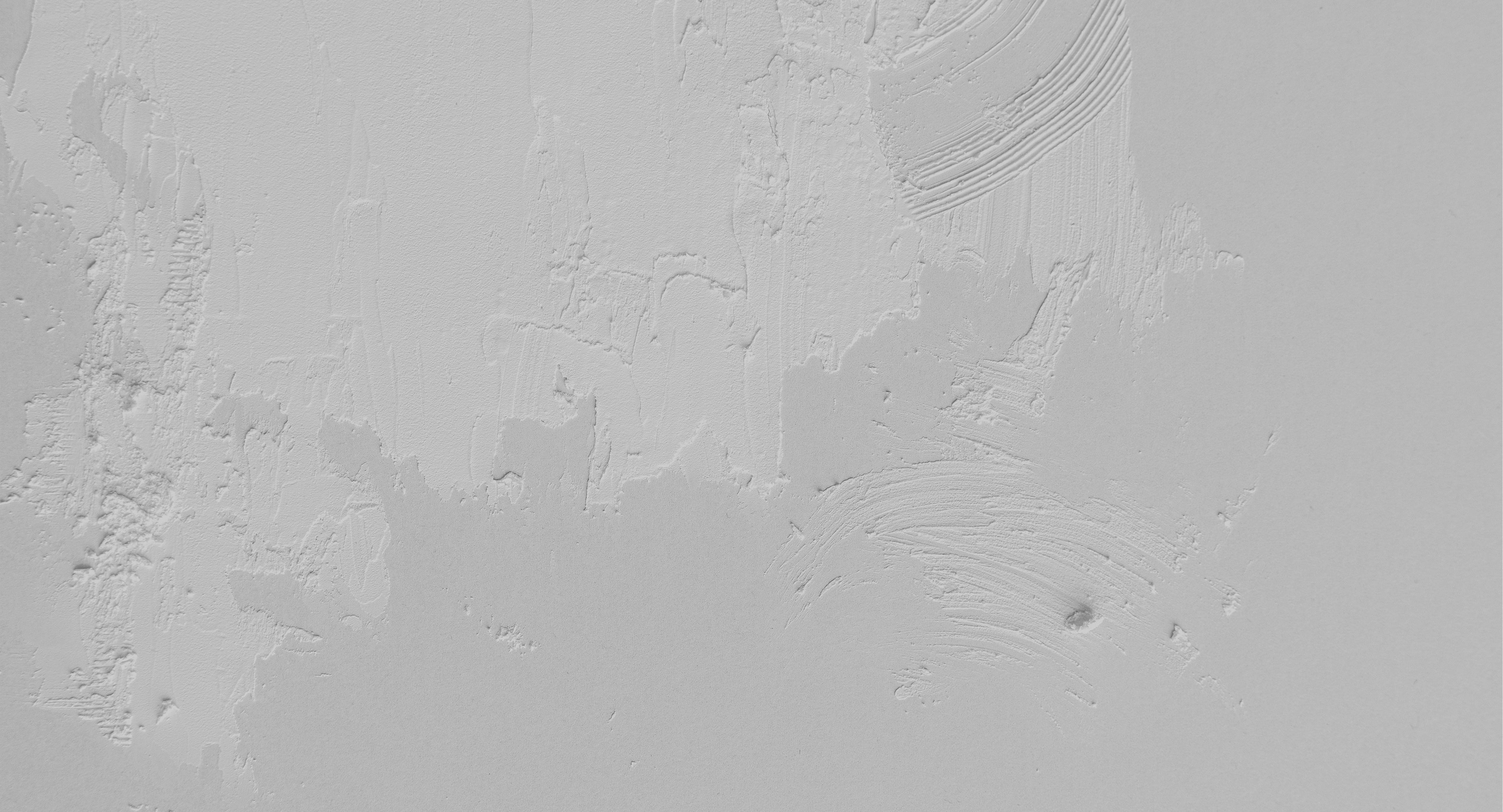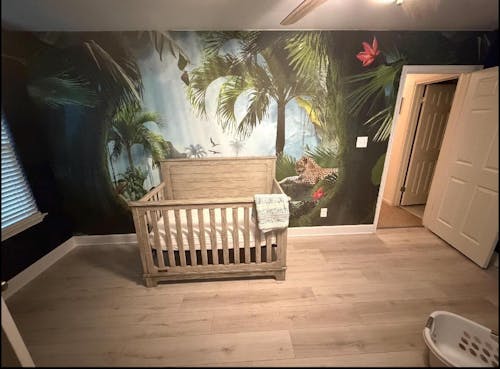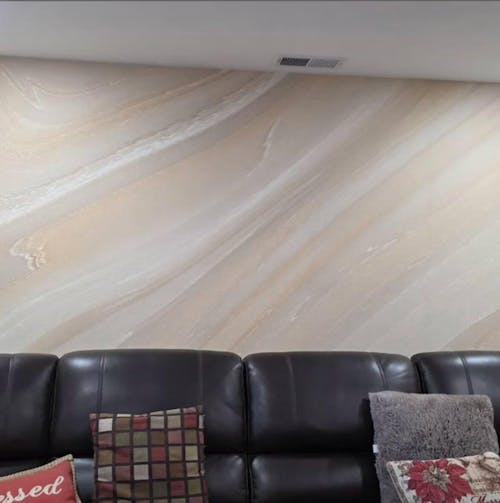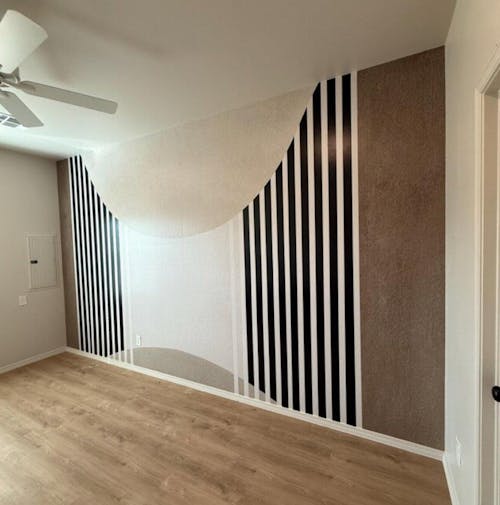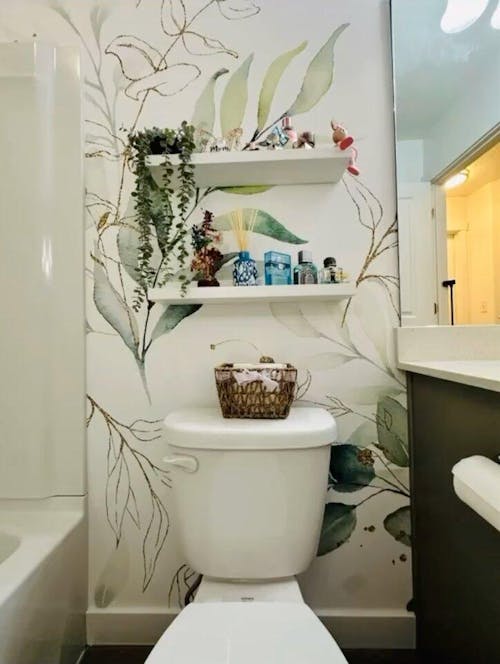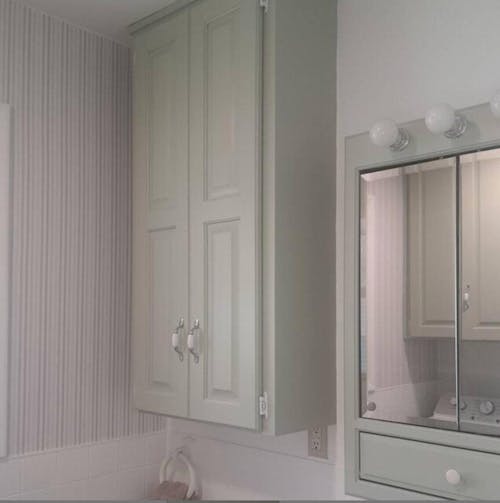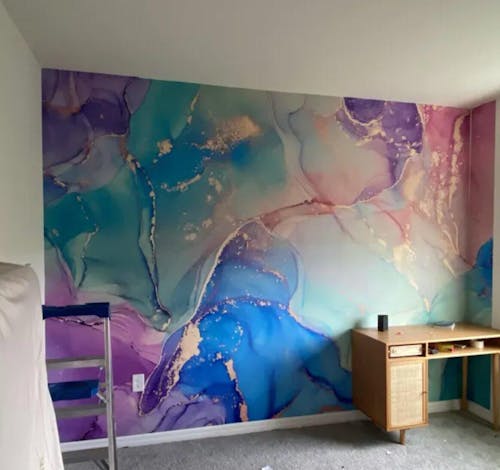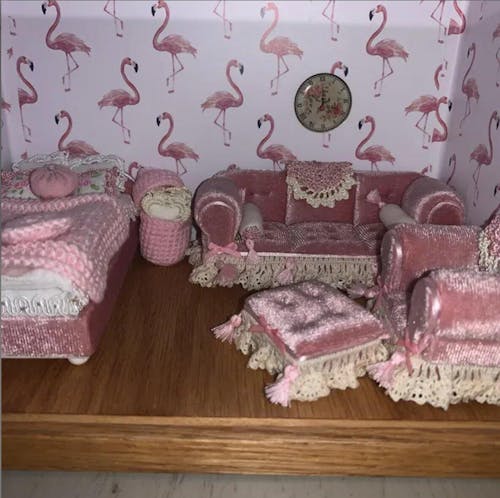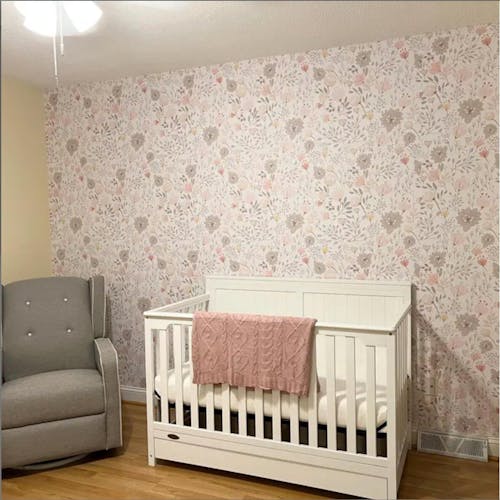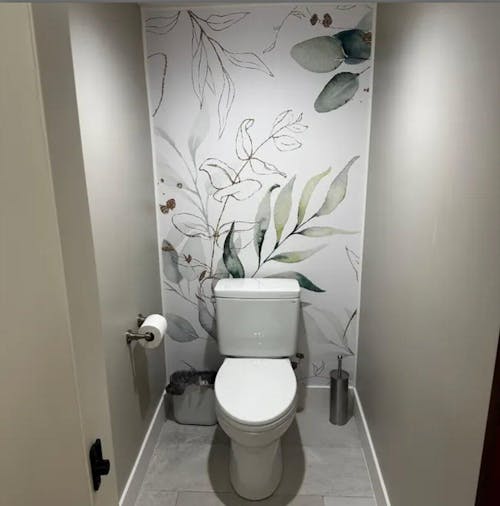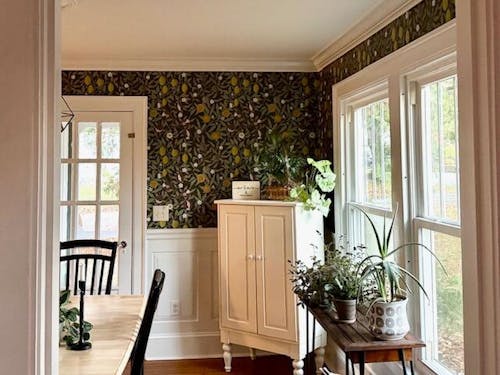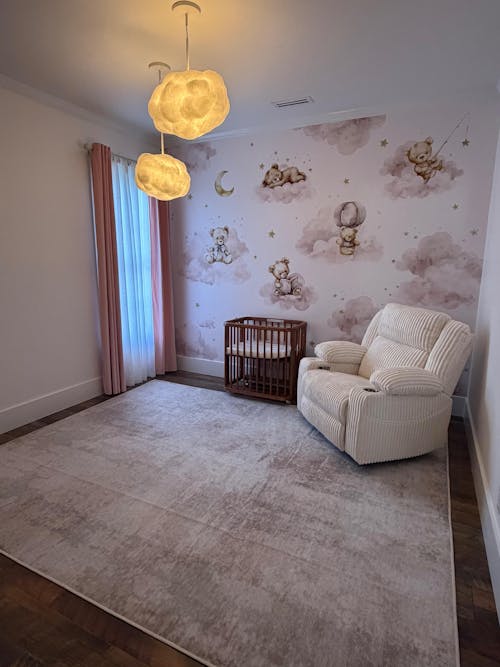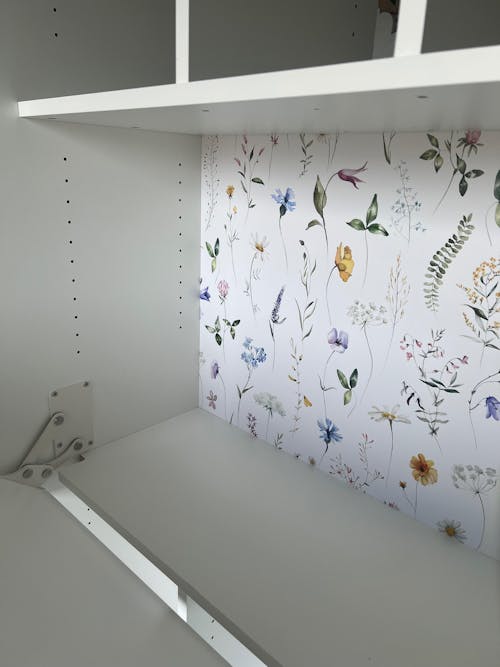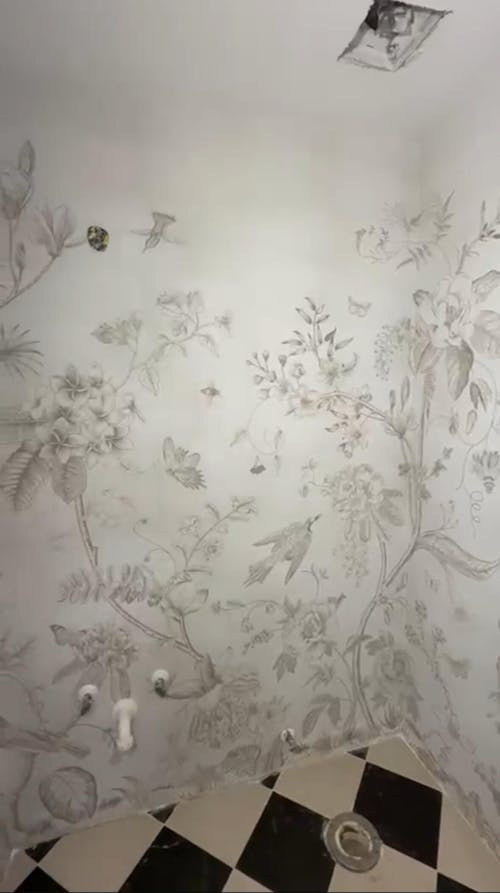Peel and stick wallpaper, also known as self-adhesive wallpaper, is a convenient and cost-effective way to add a pop of color or pattern to a room. It is easy to install and remove, making it a popular choice for those who want to update their home decor without committing to a long-term solution.
However, many homeowners may wonder, "Can you put peel and stick wallpaper on textured walls?" Textured walls can present a challenge when it comes to applying wallpaper, and it is essential to understand your options before attempting to install peel and stick wallpaper. Wall requirements post
This article will provide a comprehensive guide to understanding your options for applying peel and stick wallpaper on textured walls. We will discuss the different types of textured walls and the factors that can affect the adhesion of peel and stick wallpaper. Additionally, we will explore the different techniques and tools you can use to ensure that your wallpaper stays in place on textured walls. Let's get started!
Understanding the Different Textures of Walls
Did you know that not all walls are created equal? When it comes to applying wallpaper to textured walls, it's essential to understand the type of surface you are working with.
There are three main types of textures: smooth, textured, and bumpy. Smooth walls are easy to work with because the wallpaper will stick smoothly to the surface. Textured walls have a slight texture or pattern. And finally, bumpy walls have a pronounced texture that usually requires more paste to stick properly or you need to smooth them.

Textured walls have their advantages and disadvantages. They can hide imperfections and add visual interest to a space. However, these surfaces can make it difficult for wallpaper to adhere correctly and may result in bubbles, wrinkles, or peeling. It's essential to take the texture of the wall into account when choosing the type of wallpaper to use. With the right type of wallpaper and proper installation techniques, it is possible to achieve a beautiful finish on textured walls.
What Are the Rules to Follow When Applying Wallpaper?
It's important to follow the rules when applying peel and stick wallpaper on textured walls, especially if your walls are textured. Here are a few things to keep in mind:
- Measure your walls and make sure you have enough wallpaper to cover them. It's always better to have too much than not enough.
- If your walls are textured, use a wallpaper paste that is specifically designed for textured walls. This will help the wallpaper stick better and prevent it from bubbling or peeling off.
- Apply the wallpaper in a straight line, and make sure all of the seams match up. If you're not comfortable doing it yourself, ask a friend or family member for help.
- Start in one corner of the room and work your way across, making sure the wallpaper is smooth as you go. The guide to installation
Preparing Your Walls Before Installing Wallpaper
There's a reason professional wallpaper installers exist. Wallpaper installation is not a task for the faint of heart. It's especially tricky if your walls are not completely smooth.
But before you can even think about hanging that piece of paper on the wall, you need to do some prep work. This includes patching any holes or dents in the wall, sanding down any rough patches, and cleaning the walls of any grease or dust.
If your walls are particularly textured, you can use a wet plaster or a smoothing compound to help make them more wallpaper-friendly. If your wallpaper has a lot of detail or small designs, you may also want to consider using a stencil to help create a more even surface.
HOW CAN I HELP SMOOTH OUT MY TEXTURED WALLS?
There are a few things you can do to help smooth out your textured walls and make them more suitable for wallpaper application.
- Sanding
Sanding your textured walls is one option to create a smoother surface for wallpaper. Use a fine-grit sandpaper to gently sand down any rough spots and create a more even surface. However, be cautious not to sand too aggressively, as this could damage your walls.
- Skim Coating
Another method for smoothing out textured walls is skim coating. This technique involves applying a thin layer of joint compound over the entire surface of the wall, creating a smoother surface for the wallpaper to adhere to. It can be time-consuming, but it is effective.
- Wallpaper Liner
Using a wallpaper liner is another option to help smooth out textured walls. A wallpaper liner is a thin, flexible material that is applied to the wall before the wallpaper is installed. It can help to fill in gaps and create a smoother surface for the wallpaper to adhere to.
Keep in mind that these are just a few suggestions and that there is no guarantee that they will work for every single wall. Every textured wall is different and will require a different approach. However, these are some general tips that may help you get started.
THE BEST PRACTICES FOR WALLPAPER INSTALLATION ON TEXTURED WALLS
Now that we've gone over the basics of what you need to know before you start, let's talk: How to put wallpaper on textured walls.
First things first: you're going to want to smooth out your walls as much as possible before you even think about putting wallpaper on them. The smoother your walls are, the easier it will be to apply the wallpaper and get a professional-looking result.
There are a few different ways you can go about smoothing your walls. You can use a product like joint compound or wall primer, or you can sand your walls down with fine-grit sandpaper. Whichever method you choose, make sure you give yourself plenty of time to let the walls dry completely before you start putting up wallpaper.
Once your walls are nice and smooth, it's time to start applying the wallpaper. Begin at the top of the wall and work your way down. Be sure to smooth out any bubbles as you go along.
Once you've applied all of the wallpaper, use a utility knife or scissors to trim away any excess.
And that's it! With these simple practices, you can easily install removable wallpaper for textured walls in your home.
CONCLUSION
In conclusion, understanding the type of textured wall you have is essential to ensuring a successful application of peel and stick wallpaper on textured walls. While smooth textured walls may not require much preparation, bumpy or heavily textured walls may need some smoothing out beforehand. The key is to properly prepare the surface by filling in any holes or cracks and smoothing out the texture as much as possible.
To answer the question: "Does peel and stick wallpaper work on textured walls?" - Yes, peel and stick wallpaper can work on textured walls, but it requires some extra preparation and care. By following the tips and techniques outlined in this article, you can help smooth out your textured walls and achieve a beautiful and seamless wallpaper application. Remember, if you are unsure or uncomfortable with the process, seek professional help to ensure a successful outcome. With a little effort and patience, you can transform your textured walls with the perfect peel and stick wallpaper.
